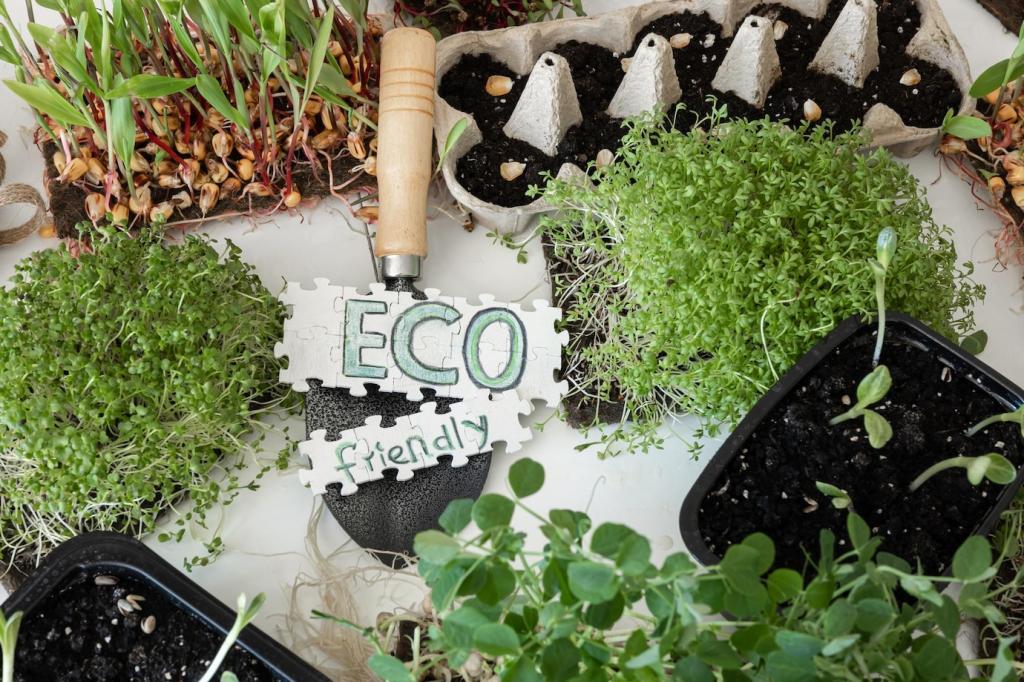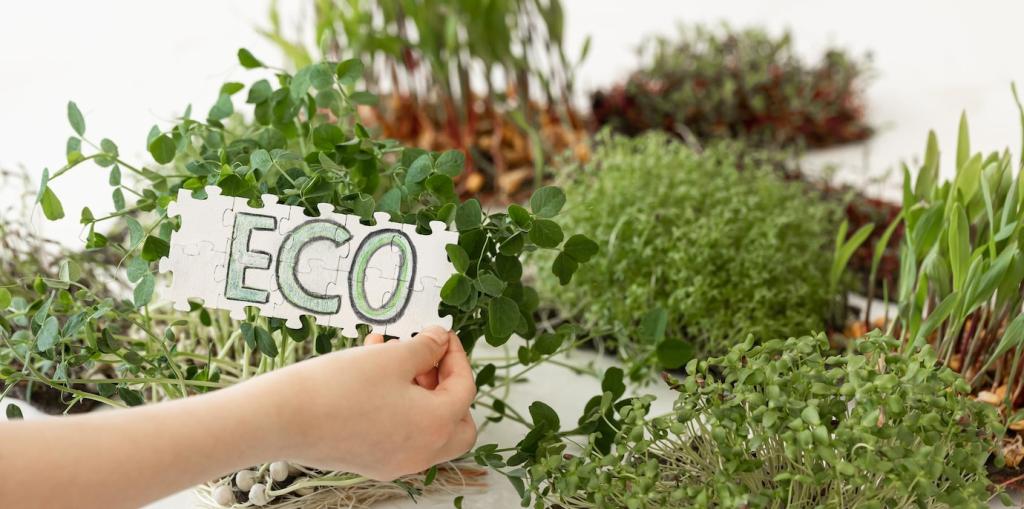
Sustainable Event Planning Strategies: Gatherings With Purpose and Low Impact
Chosen theme: Sustainable Event Planning Strategies. Welcome to a friendly space where inspiration meets practical action. Together we’ll design memorable events that respect budgets, people, and the planet—subscribe for future insights and share your challenges with us.
Start With Purpose and Measurable Goals
Define outcomes that matter
Draft a simple purpose statement, then attach specific outcomes like waste reduction, inclusion targets, and local benefits. Translate ambitions into two or three measurable goals your whole team can champion and revisit often.
Pick frameworks to guide decisions
Adopt practical standards such as ISO 20121 and align goals with the UN Sustainable Development Goals. Use these frameworks to prioritize actions, avoid token gestures, and build a shared language across teams and suppliers.
Create a green team with clear roles
Nominate champions across operations, marketing, catering, and production. Assign ownership for data collection, supplier engagement, and attendee education. Weekly check-ins keep momentum, accountability, and creativity alive throughout the planning cycle.
Choose Smarter Venues and Travel
Select venues near public transport with strong accessibility and energy efficiency credentials. Ask about renewable power options, efficient HVAC, and waste capabilities. A good fit reduces emissions, costs, and on-the-day friction for attendees and staff.
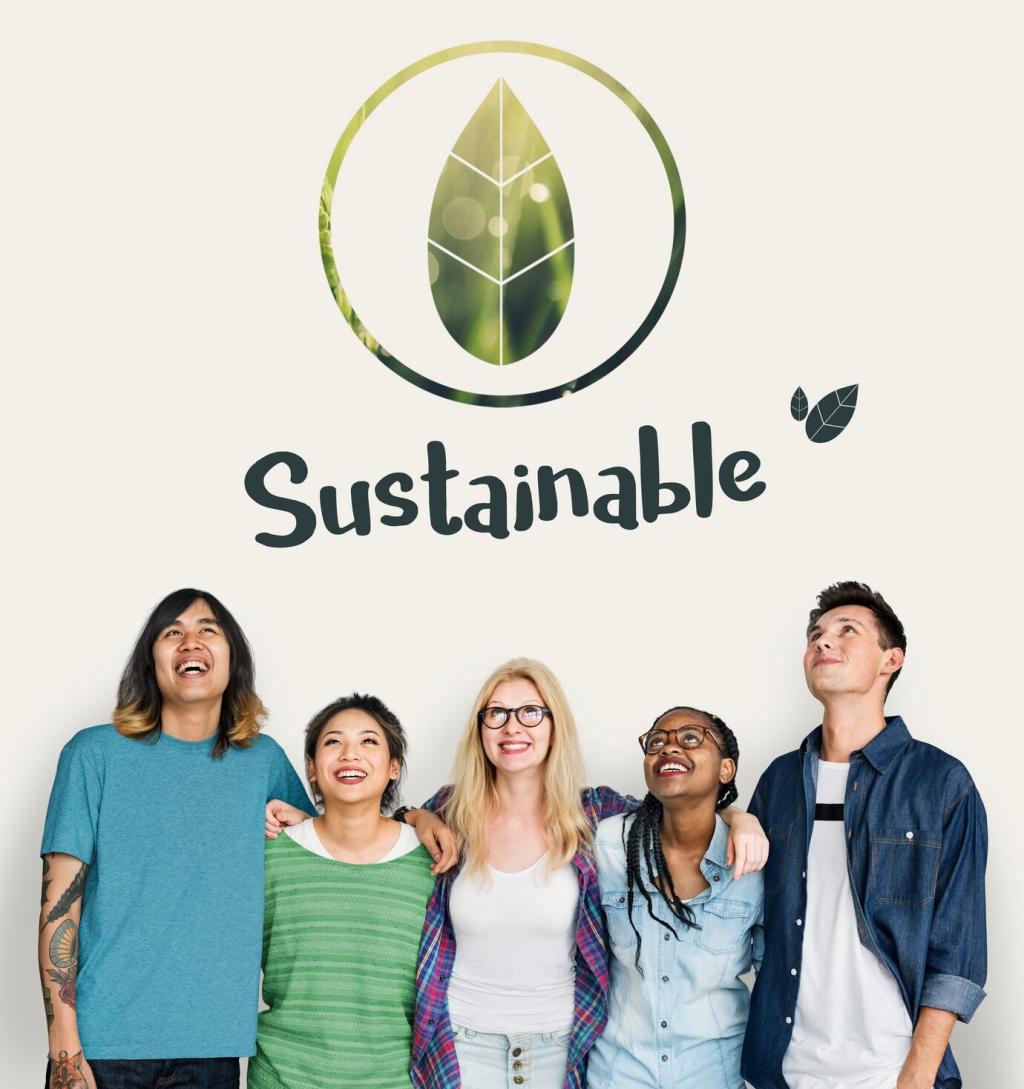
Design for Zero Waste and Circularity
Use rental inventories for stages, furniture, and décor. Specify durable materials, standard dimensions, and repair-friendly finishes. Track assets so they return to circulation, saving money and preventing the post-show scramble to offload leftovers.
Forecast portions realistically, use smaller plates, and serve in waves. Close the loop with donation partners and composting. One city festival cut surplus by half simply by staggering service and offering a visible, friendly leftovers table.
Place color-coded stations exactly where waste appears and train cheerful volunteers to guide guests. Clear iconography beats jargon. At a coastal event, this simple approach doubled diversion rates and sparked conversations that continued long after closing.
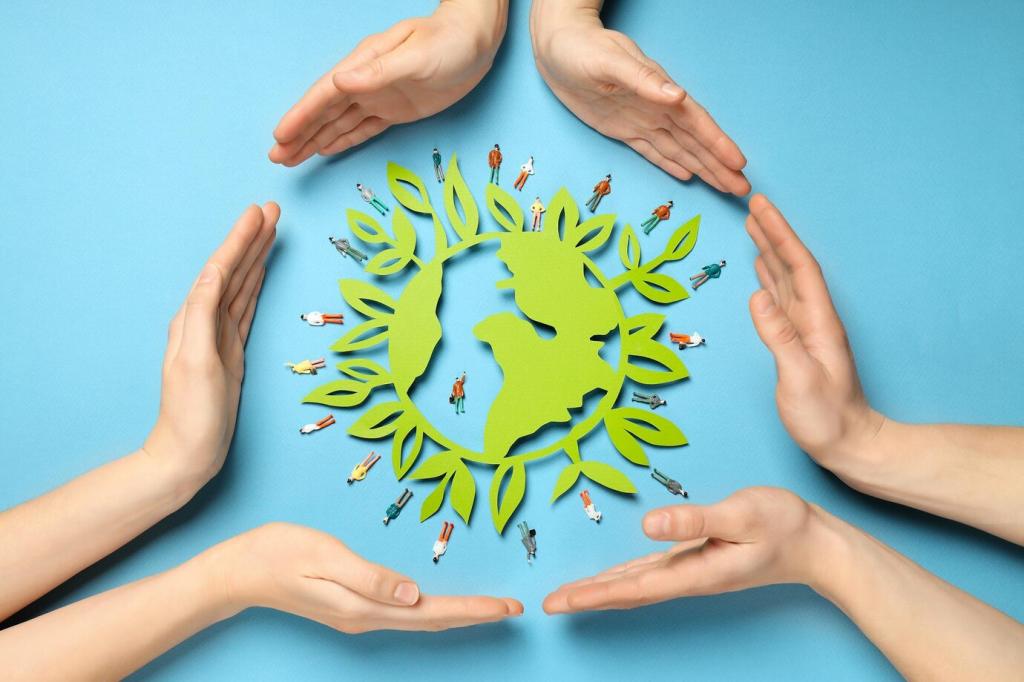
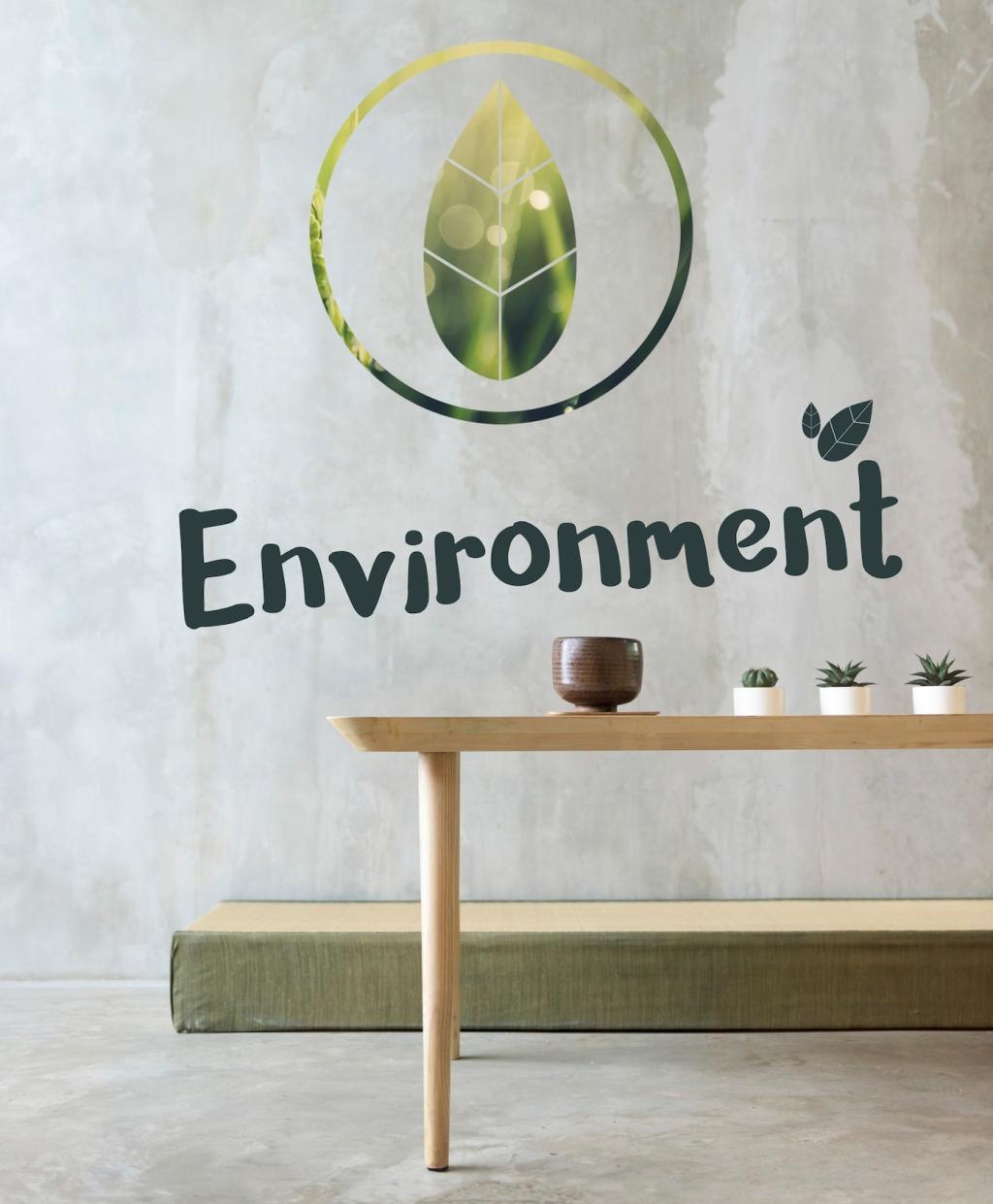
Power, Tech, and Digital Footprints
Audit actual loads to avoid oversized generators and wasted fuel. Request grid-tied renewable energy or certified green tariffs where possible. LED lighting, efficient projectors, and thoughtful scheduling can trim energy without compromising impact.
Power, Tech, and Digital Footprints
Use lower-bitrate streams where quality remains high, and avoid unnecessary simultaneous feeds. Compress media assets and choose darker themes for screens when appropriate. Hybrid formats can expand reach while deliberately minimizing digital emissions.
Food and Beverage With Values
Lead with plant-forward variety
Design abundant, colorful plant-based options as the default, not the afterthought. Celebrate regional flavors and explain sourcing choices on menu cards. Feedback regularly shows guests appreciate creativity when it is framed as discovery, not restriction.
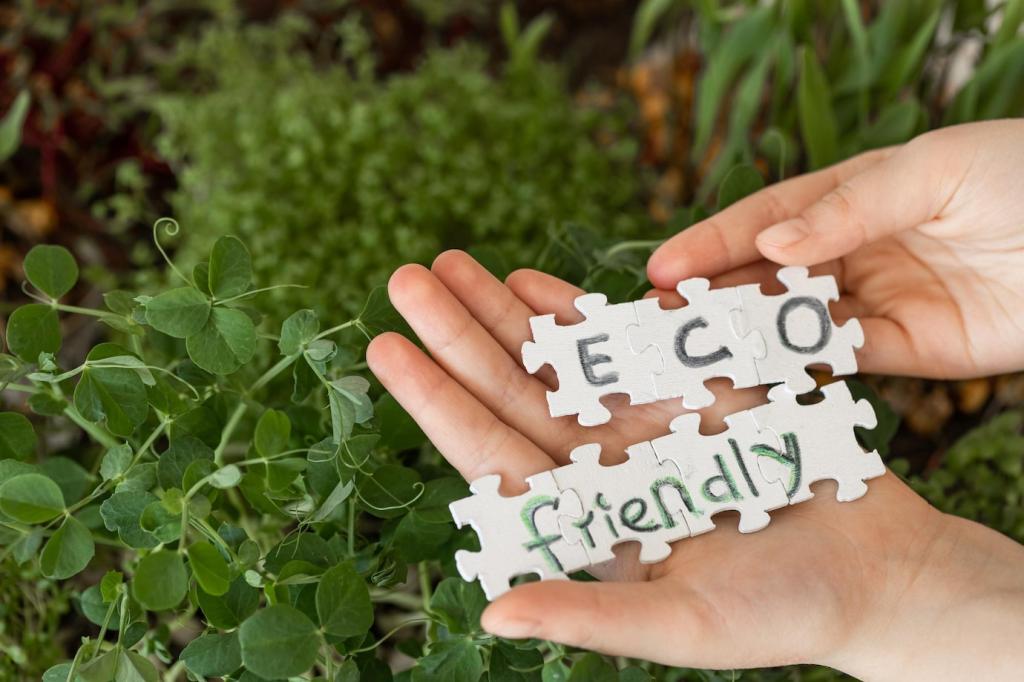

Rethink water and beverage service
Ditch single-use bottles and install refill stations with clear wayfinding. Offer sparkling and flavored options onsite to maintain delight. One tech summit saw huge applause after revealing that taps saved thousands of bottles without sacrificing convenience.
Materials, Builds, and Brand Experience
01
Use standardized panels, hardware, and finishes to reconfigure stages and booths across editions. Neutral base palettes with swappable accents extend life. Document assembly to help future teams rebuild efficiently and avoid costly mistakes.
02
Print fewer, bigger, and more reusable pieces on recyclable or fabric materials. Avoid dates, over-branding, and foils that hinder recycling. Digital wayfinding screens can update live while keeping clutter and waste dramatically lower.
03
Offer useful, durable items with repair or refill options, or consider experiential gifts. Provide an opt-out at registration and a charity alternative. Attendees feel respected when souvenirs align with their values and everyday lives.

Design for access and well-being
Provide clear ADA routes, quiet rooms, diverse dietary options, and transparent code-of-conduct policies. Fair scheduling, living wages, and safe conditions protect crews. When people feel welcomed, participation rises and the event’s purpose resonates deeply.
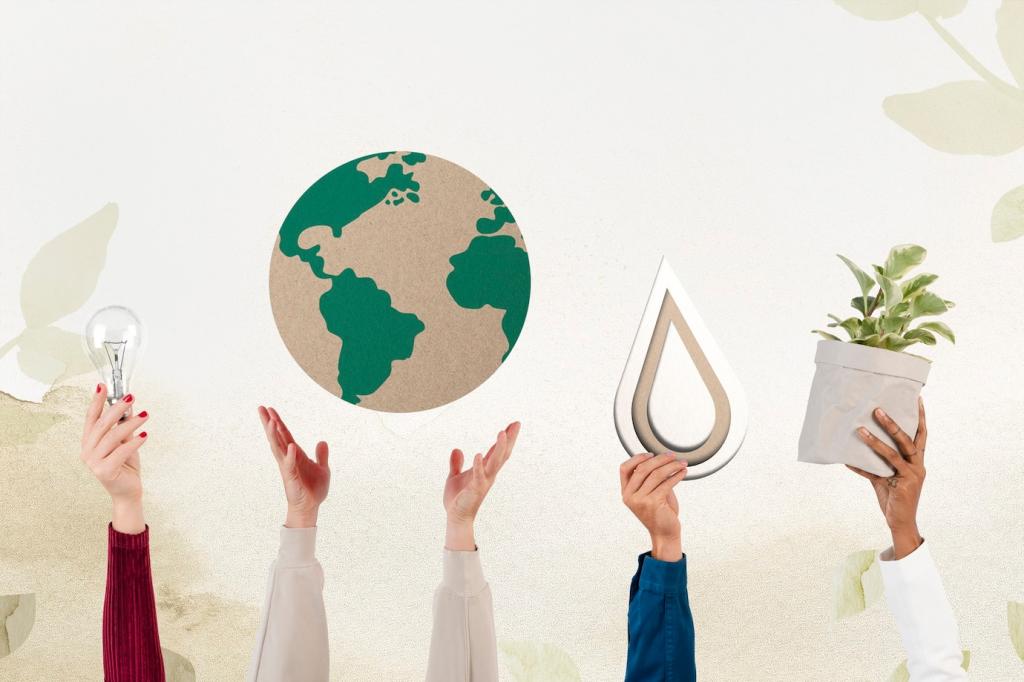
Strengthen local partnerships
Source from nearby vendors, artists, and farms. Offer mentorships and paid roles for local talent. Share your procurement plan publicly to invite collaboration, and ask readers to suggest community partners they believe deserve a platform.

Pursue a measurable legacy
Commit to projects like park restoration, skill-sharing workshops, or equipment donations. Define metrics, timelines, and owners before announcements. Invite attendees to vote on legacy priorities, then subscribe for updates as those promises become reality.
Estimate emissions for travel, energy, materials, and waste. Set clear targets—like diversion rates or plant-forward percentages—and share them early. Public goals invite accountability and helpful suggestions from your engaged community.
